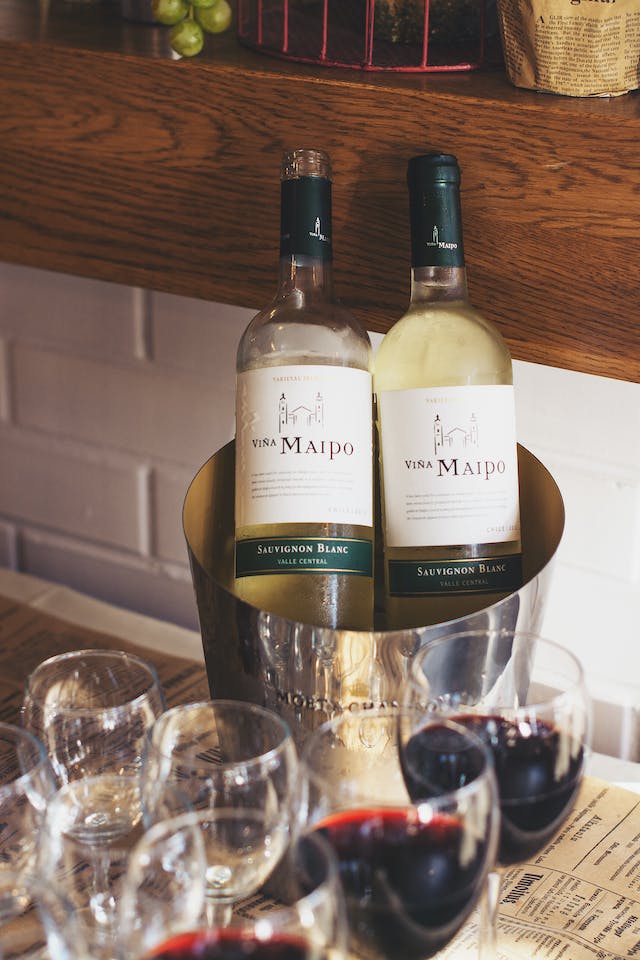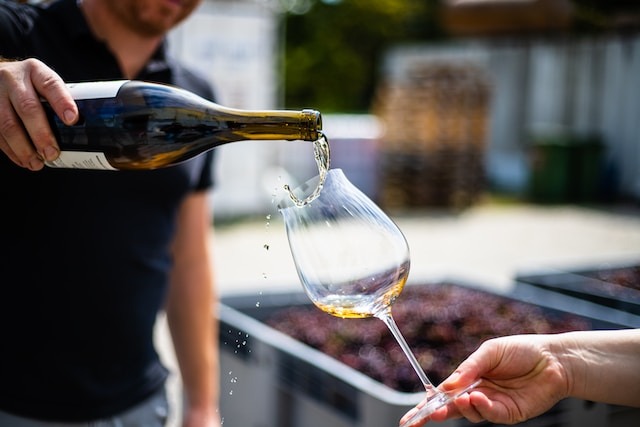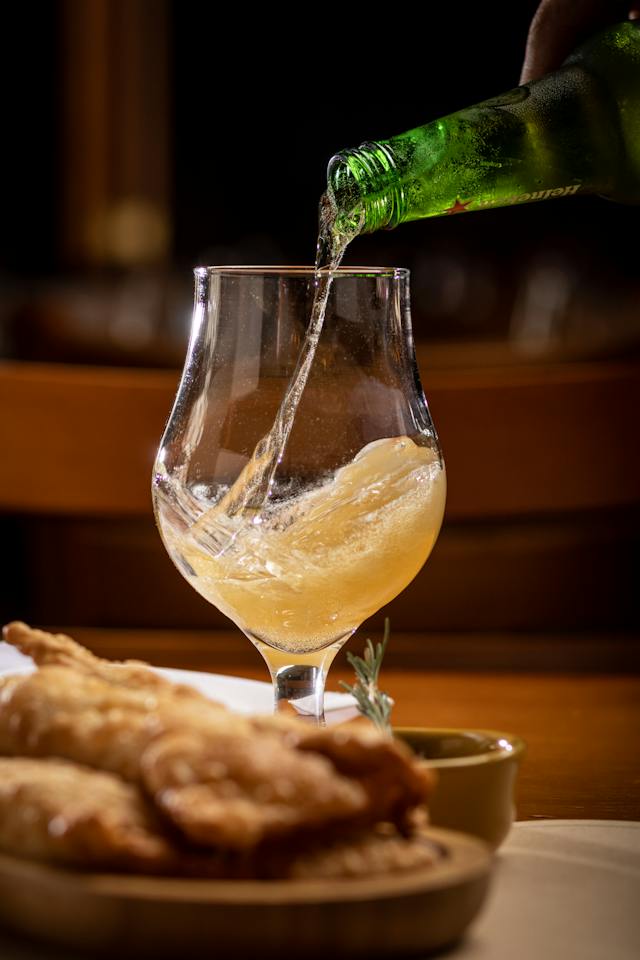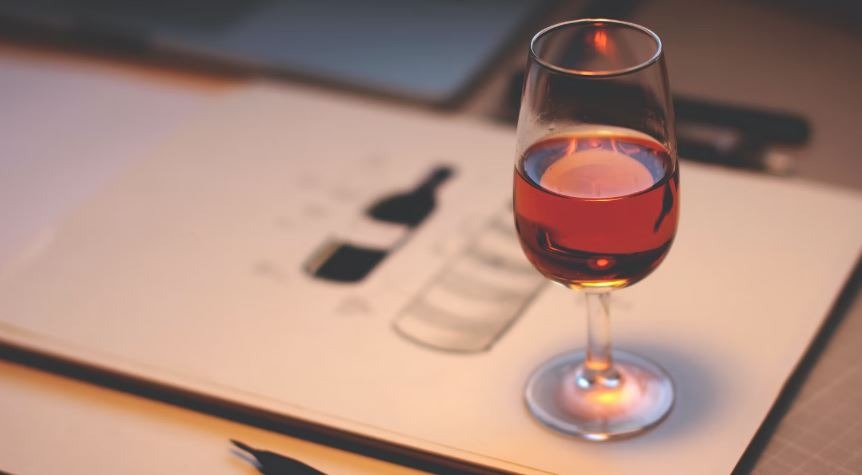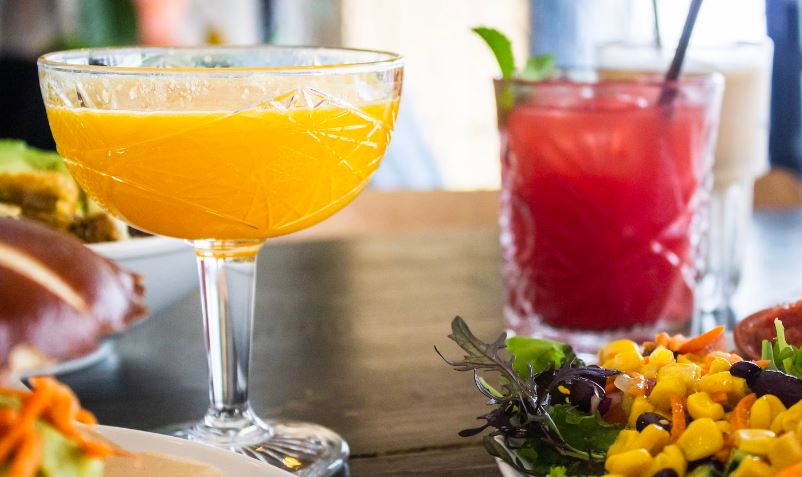Introduction
Unlocking the rich bouquet of flavors in a bottle of wine is akin to opening a treasure chest of sensory delights. Yet, once the cork is pulled and the ritual of pouring begins, an inevitable question lingers: ‘To refrigerate or not to refrigerate?’ In this oenophile’s guide, we’ll unveil the secrets behind why refrigerating wine after opening isn’t just a suggestion – it’s a vital act to ensure your cherished vino continues to sing on your palate, sip after sip.
Whether or not you need to refrigerate wine after opening depends on the type of wine and your personal preferences for its taste. Take a look at the following guidelines:
White Wine
Most white wines, including Chardonnay, Sauvignon Blanc, and Pinot Grigio, should be refrigerated after opening. Keeping them in the refrigerator helps preserve their freshness and prevent oxidation, which can negatively affect the flavor. Here are the key reasons why white wine should be refrigerated after opening:
Temperature Control
White wines are typically served at cooler temperatures compared to red wines. Refrigerating white wine ensures that it stays at the appropriate serving temperature, enhancing the overall drinking experience.
Slows Oxidation
Exposure to oxygen can lead to oxidation, which can negatively impact the taste and aroma of wine. Refrigeration slows down the oxidation process, helping the wine maintain its intended flavors for a longer period.
Preserves Aromatics
White wines are often prized for their aromatic qualities, which can include floral, fruity, and citrus notes. Refrigeration helps preserve these delicate aromas, allowing you to fully appreciate the wine’s bouquet.
Extended Shelf Life
Storing white wine at a cool temperature can extend its shelf life after opening. While white wines are generally consumed relatively quickly, refrigeration can help keep them in good condition for a day or two, allowing you to savor the wine over multiple servings.
Prevents Spoilage
If left at room temperature, especially in warm conditions, white wine can spoil more quickly. Refrigeration inhibits the growth of spoilage microorganisms and bacteria, ensuring that your wine remains safe to drink.
Refrigerating white wine after opening is essential to maintain its quality, aroma, and taste. It’s a simple yet effective way to ensure that each glass of white wine you pour is as enjoyable as the first.
Red Wine
Compared to white wines, red wines are normally served at a somewhat warmer temperature. It’s not necessary to refrigerate red wine after opening unless you prefer it chilled. If you plan to drink the red wine within a day or two, you can store it at room temperature with a wine stopper to slow down oxidation. If you want to store it for a longer period, it’s best to use a wine preservation system or recork it tightly and refrigerate. However, there are specific circumstances where refrigerating red wine may be advisable:
Personal Preference
Some people enjoy drinking red wine at slightly cooler temperatures, especially during hot weather. You can keep red wine in the refrigerator shortly before serving if you prefer it slightly chilly.
Preservation
If you have a leftover bottle of red wine that you don’t plan to finish in one sitting, refrigeration can help slow down the oxidation process and extend the wine’s drinkability. Be sure to use a wine stopper to minimize air exposure.
Light Reds
Lighter red wines, such as Pinot Noir and Beaujolais, may benefit from a brief chill, especially in warmer climates or seasons. A slight chill can enhance their refreshing qualities without dulling their flavors.
Emergency Cooling
If you don’t have a wine cellar or wine cooler and need to cool a red wine quickly for unexpected guests, you can place it in the refrigerator for a short period. Just be careful not to cool it too much.
It’s essential to note that if you choose to refrigerate red wine, you should do so temporarily and monitor its temperature closely. Over-chilling red wine can mute its flavors and aromas, which are often more pronounced when served closer to room temperature (between 60°F to 68°F or 15°C to 20°C).
Therefore, refrigerating red wine after opening is generally not recommended unless you have a specific preference for slightly cooler red wine or need to store it for a short time. In most cases, it’s best to store red wine at a cool, stable room temperature and consume it within a day or two for the best flavor experience.
Sparkling Wine and Champagne
These wines should always be resealed with a sparkling wine stopper and stored in the refrigerator after opening. Keeping them cold helps maintain their carbonation and flavor.
Sparkling wine and Champagne should be refrigerated after opening for several important reasons:
Preservation of Carbonation
One of the key characteristics of sparkling wine and Champagne is their effervescence, which comes from dissolved carbon dioxide. Refrigeration helps slow the escape of carbonation by keeping the wine’s pressure in check. When stored at warmer temperatures, the gas can escape more quickly, leading to a flat and less enjoyable wine.
Temperature Control
Sparkling wine and Champagne are best enjoyed when served chilled. Refrigeration ensures that the wine remains at the appropriate serving temperature, typically between 45°F and 55°F (7°C to 13°C), enhancing the drinking experience.
Aroma and Flavor Preservation
Just like with still wines, temperature plays a critical role in preserving the aromas and flavors of sparkling wine. Refrigeration helps maintain the wine’s freshness and prevents it from undergoing rapid changes in taste and aroma.
Extended Shelf Life
While sparkling wine and Champagne are often consumed in one sitting, there may be occasions when you don’t finish the entire bottle. Refrigerating the opened bottle with a sparkling wine stopper or closure helps keep it in good condition for the next celebration, preventing it from going flat too quickly.
Prevention of Spoilage
Storing opened sparkling wine or Champagne at room temperature can accelerate spoilage due to the presence of yeast and bacteria. Refrigeration inhibits the growth of these microorganisms, ensuring that the wine remains safe to drink.
Refrigerating sparkling wine and Champagne after opening is essential to maintain their effervescence, flavor, and overall quality. It not only helps preserve their carbonation but also ensures that they are served at the ideal temperature for maximum enjoyment.
Fortified Wines
Fortified wines, such as Port, Sherry, and Madeira, have unique characteristics and storage requirements that may not always necessitate refrigeration after opening. Whether or not you should refrigerate them depends on the specific type of fortified wine and how quickly you plan to consume it:
Port Wine
Port wine is a fortified wine with a higher alcohol content, which acts as a natural preservative. It can be stored at room temperature for several weeks after opening without significant degradation in quality. However, if you intend to keep it for an extended period, refrigeration can help slow down the oxidation process and maintain its flavors. Tawny Ports, in particular, can benefit from refrigeration to extend their shelf life.
Sherry
Fino and Manzanilla Sherries are dry fortified wines that are often served chilled and should be stored in the refrigerator after opening. Amontillado and Oloroso Sherries, which are typically consumed at slightly warmer temperatures, can be stored at room temperature with a wine stopper for a few weeks. Cream Sherries and sweeter styles may also be refrigerated to maintain their freshness.
Madeira
Madeira is a fortified wine known for its longevity. Most Madeira styles, including Sercial, Verdelho, Bual, and Malmsey, can be stored at room temperature for several weeks after opening. Madeira actually benefits from a bit of oxidation, which contributes to its unique character. However, for long-term storage, it’s advisable to use a wine preservation system or recork the bottle tightly and store it in a cool, dark place.
In general, fortified wines have a higher alcohol content and often contain sugar, which acts as a preservative. This makes them more stable at room temperature compared to regular table wines. Refrigeration may be necessary if you plan to keep them for an extended period or if you prefer certain fortified wines, like Sherry, chilled.
Ultimately, it’s essential to consider the specific style of fortified wine and your consumption timeline when deciding whether to refrigerate it after opening. Always consult the producer’s recommendations or consult with a wine expert for guidance on storage.
Sweet Wines
Sweet wines, including dessert wines and late-harvest wines, often benefit from refrigeration after opening for several reasons:
Preservation of Sweetness
Sweet wines are prized for their residual sugar content, which imparts a luscious and sweet taste. Refrigerating sweet wines helps preserve their sweetness by slowing down the fermentation process and preventing further sugar consumption by yeast or other microorganisms. This ensures that the wine maintains its intended level of sweetness.
Aroma and Flavor Retention
Sweet wines can have complex aromas and flavors, which can be fragile and easily affected by temperature fluctuations and oxidation. Refrigeration helps maintain the wine’s freshness, preserving its delicate aromatics and flavor profile.
Extended Shelf Life
Sweet wines are often consumed slowly, as they are typically served in smaller quantities and on special occasions. Refrigeration with an airtight wine stopper can extend the shelf life of an opened bottle, allowing you to enjoy it over a more extended period without the risk of spoilage.
Prevents Spoilage
Like other wines, sweet wines can be susceptible to spoilage if exposed to oxygen and stored at warmer temperatures. Refrigeration inhibits the growth of spoilage microorganisms, ensuring that the wine remains safe to drink.
Temperature Control
Serving sweet wines at the correct temperature is crucial to fully appreciate their complexity. Refrigeration allows you to serve them at the recommended temperature, typically between 45°F and 55°F (7°C to 13°C), enhancing the overall tasting experience.
It’s important to note that not all sweet wines are the same, and some may have specific storage recommendations provided by the producer. Always consult the wine label or accompanying information for any specific guidance on storing sweet wines.
Refrigerating sweet wines after opening is generally advisable to preserve their sweetness, aromas, and flavors, as well as to extend their shelf life. Proper storage helps ensure that each glass of sweet wine you pour is as delightful as the first.
Conclusion
Remember that wine begins to deteriorate once it’s exposed to oxygen, which is why sealing it with a wine stopper or vacuum pump can help prolong its freshness. Additionally, the specific storage requirements can vary based on the wine’s quality and age. High-quality wines may benefit from more careful preservation methods.
Finally, refrigerating wine after opening is a good practice for most white wines, sparkling wines, and sweet wines. For red wines, it depends on your preference and how long you plan to store them. Using proper wine stoppers and vacuum pumps can help extend the shelf life of opened wines.
